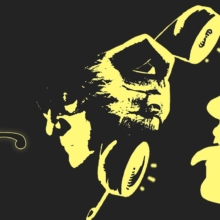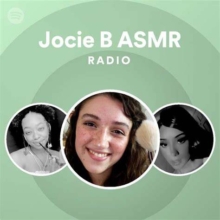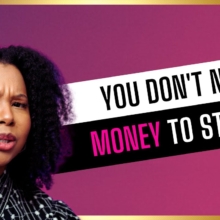What Do You Want to Change?

“What do you want to change?” That was the first thing out of Mary Goulding’s mouth when I sat to work in front of a group of my fellow students. The question came with a gaze that held a kind of assuredness, that I could change what I wanted to change. I just needed to be clear about what that was. Bob and Mary Goulding, the founders of Redecision Therapy, called this the contract for change.
At the heart of collaboration is having a shared understanding of the problem and the goal. Meandering through conversations without this can feel like floating down a river without any oars in the water. The value and importance of having a contract for change makes a world of difference in how much change we can actually facilitate IN EACH SESSION.
Therapy for most people is not that pointed, not in EVERY session. The way I look at it, people are spending valuable time and money to have a better, more satisfying experience moving through life. It serves them well to KNOW how they want to feel, think or act differently. What do they want to change?
That question can feel awkward for some of us with some clients on some days. Discovering the primary points of tension in their stories, discovering ways to keep the work on track can feel a bit like putting your oars in the water and finding the current. It takes diligent attention, skill and a clarity about where you are heading and what you want to avoid.
What do you want to change?
What would you like to focus on today?
What would you like to address?
What’s your biggest hurt?
What unmet goal is niggling at you?
How do you want to feel differently?
How would you like behave differently?
How would you like to think differently?
These questions begin to reveal the polarity of their experience and their GOAL, what they want to change. When we and our clients are on the same page with this, with this shared intention, we are more likely to be paddling in the same direction. Even if I NEVER ask these questions, I’m thinking them. I’m listening through the filter of these questions.
THEY guide my focus. As I listen to the stories of what’s going on in their life and how they are experiencing life, these questions are the way I keep my oars in the water. Once I have a sense of where the current is, I’ll ask them. The heart of our relationship is a collaboration.
Would you like to address —- today?
Or would you like to resolve — today?
Or, I know this goal is important to you, would you like to move closer to it today?
Simultaneously, listening for where the most charge, the most pain, the biggest goals are hiding in the narrative, reveals direction for our time together. In this way, when a client becomes lost in the pain of their story, I can guide us back to the current. I have a sense of what their pain is and what their goal is.
Through collaborative agreement, we come to a contract for change. It sounds so formal. It’s really not. It’s as simple as knowing what they want to CHANGE and engaging the skills to help them do that.
What kinds of questions do you ask your clients to refine your shared understanding of how to make the most of your time together?
Source: http://EzineArticles.com/10022393











